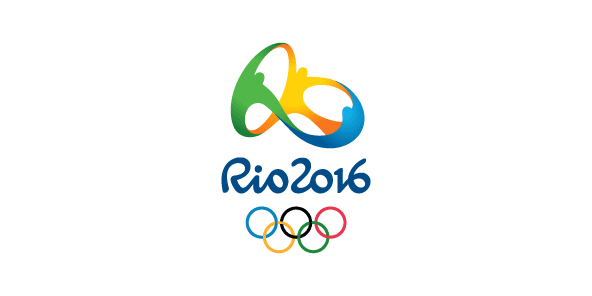Just days ahead of the Olympic Games the waterways of Rio de Janeiro are as filthy as ever, contaminated with raw human sewage teeming with dangerous viruses and bacteria, according to a 16-month-long study commissioned by The Associated Press.
Not only are some 1,400 athletes at risk of getting violently ill in water competitions, but the AP’s tests indicate that tourists also face potentially serious health risks on the golden beaches of Ipanema and Copacabana.
The AP’s survey of the aquatic Olympic and Paralympic venues has revealed consistent and dangerously high levels of viruses from the pollution, a major black eye on Rio’s Olympic project that has set off alarm bells among sailors, rowers and open-water swimmers.
The first results of the study published over a year ago showed viral levels at up to 1.7 million times what would be considered worrisome in the United States or Europe. At those concentrations, swimmers and athletes who ingest just three teaspoons of water are almost certain to be infected with viruses that can cause stomach and respiratory illnesses and more rarely heart and brain inflammation — although whether they actually fall ill depends on a series of factors including the strength of the individual’s immune system.
Since the AP released the initial results last July, athletes have been taking elaborate precautions to prevent illnesses that could potentially knock them out of the competition, including preventatively taking antibiotics, bleaching oars and donning plastic suits and gloves in a bid to limit contact with the water.
But antibiotics combat bacterial infections, not viruses. And the AP investigation found that infectious adenovirus readings — tested with cell cultures and verified with molecular biology protocols — turned up at nearly 90 percent of the test sites over 16 months of testing.
“That’s a very, very, very high percentage,” said Dr. Valerie Harwood, Chair of the Department of Integrative Biology at the University of South Florida. “Seeing that level of human pathogenic virus is pretty much unheard of in surface waters in the U.S. You would never, ever see these levels because we treat our waste water. You just would not see this.”
While athletes take precautions, what about the 300,000-500,000 foreigners expected to descend on Rio for the Olympics? Testing at several of the city’s world-famous beaches has shown that in addition to persistently high viral loads, the beaches often have levels of bacterial markers for sewage pollution that would be cause for concern abroad — and sometimes even exceed Rio state’s lax water safety standards.
In light of the AP’s findings, Harwood had one piece of advice for travelers to Rio: “Don’t put your head under water.”
Swimmers who cannot heed that advice stand to ingest water through their mouths and noses and therefore risk “getting violently ill,” she said.
Danger is lurking even in the sand. Samples from the beaches at Copacabana and Ipanema revealed high levels of viruses, which recent studies have suggested can pose a health risk — particularly to babies and small children.
“Both of them have pretty high levels of infectious adenovirus,” said Harwood, adding that the virus could be particularly hazardous to babies and toddlers who play in the sand.
“You know how quickly an infant can get dehydrated and have to go to the hospital,” she added. “That’s the scariest point to me.”
Dr. Fernando Spilki, the virologist and coordinator of the molecular microbiology laboratory at Feevale University in southern Brazil whom AP commissioned to conduct the water tests, says the survey revealed no appreciable improvement in Rio’s blighted waters — despite cleanup promises stretching back decades.
“Unfortunately, what we’ve seen throughout all this time is that there is a variation in the levels of contamination, but it fluctuates much more as a result of climactic conditions than due to any measures that may have been taken to try to remove this contamination,” said Spilki, one of Brazil’s most respected virologists.
The most contaminated points are the Rodrigo de Freitas Lagoon, where Olympic rowing will take place, and the Gloria Marina, the starting point for the sailing races. In March, 2015, sampling at the Lagoon revealed an astounding 1.73 billion adenoviruses per liter; this June, adenovirus readings were lower but still hair-raising at 248 million adenoviruses per liter. By comparison, in California, viral readings in the thousands per liter are enough to set off alarm bells.
Despite a project aimed at preventing raw sewage from flowing directly into the Gloria Marina through storm drains, the waters remain just as contaminated. The first sampling there, in March, 2015, showed over 26 million adenoviruses per liter; this June, over 37 million adenoviruses per liter were detected.
While local authorities including Rio Mayor Eduardo Paes have acknowledged the failure of the city’s water cleanup efforts, calling it a “lost chance” and a “shame,” Olympic officials continue to insist Rio’s waterways will be safe for athletes and visitors. The local organizing committee did not respond to multiple requests for comment, though it has previously said bacterial testing conducted by Rio state authorities has shown the aquatic venues to be within state guidelines.










